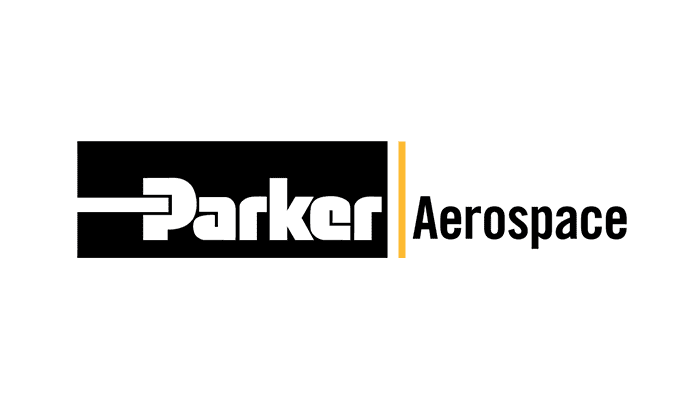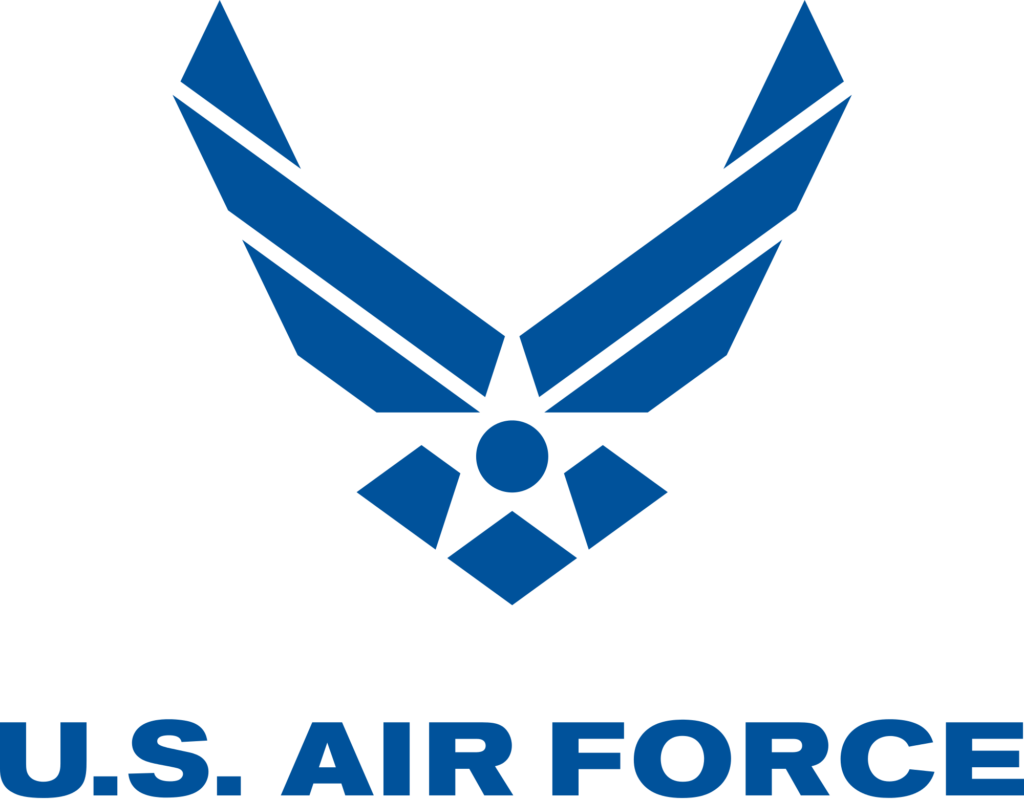Hey there. In this blog post article, I’ll walk you through the process to hide tasks in your Microsoft Project schedules. You might not know this, but there’s a nifty built-in feature called the “Marked” column that you can use to achieve this purpose. Or, if you would like to watch the YouTube video on this topic instead, please click here or click the thumbnail below.

Hide Tasks in Microsoft Project: Understand the Purpose
Imagine you have an important meeting with project stakeholders, and you only want to show them tasks from the Development and Testing section of your project. You will need to hide all other tasks to make the presentation more focused.
Open Your Project
- Launch your copy of Microsoft Project and then open the project you’re working on.
Insert the Marked Column
- Right-click on the column header of the “Duration” column.
- In the shortcut menu, select “Insert Column.”
Choose the Marked Field
- In the list of available task fields, locate and select “Marked.”
Set the Marked Field Values
- By default, the “Marked” field is set to “No” for all tasks in your project.
- For the tasks you want to display, change the value of the “Marked” field to “Yes.”
Filter the Tasks
- To display only tasks with a “Yes” value in the “Marked” field, click the drop-down arrow in the “Marked” column header. This will open the auto-filter menu.
- Deselect the “No” value to leave only the “Yes” value selected.
- Click the “OK” button.
View the Filtered Tasks
- Your Microsoft Project will now display only the tasks with a “Yes” value in the “Marked” field.
Hide the Marked Column (Optional)
- If you don’t want to see the “Marked” column anymore, simply right-click on its header and choose “Hide Column” in the shortcut menu
Clear the Filter
- To display all tasks again, simply press the “F3” function key.
That’s it! You’ve successfully learned how to display specific tasks and hide others in your Microsoft Project schedule. This little trick can be a real time-saver when you’re preparing for presentations or meetings. I hope you found this blog post article helpful. If you did, consider subscribing to my YouTube channel for more useful tips and tricks. Don’t forget to hit the notification bell to stay updated on new content. If you have any questions or comments, feel free to share them in the Comment section below. Thanks for reading!

Dale Howard
Microsoft Project MVP “20 Years”
About Me
Hello there Microsoft Project lovers! I’m Dale Howard and I’ve been a Microsoft Project MVP (Most Valuable Professional) for 20 years in a row and I’m currently one of only 26 Project MVPs in the entire world. Pretty exciting, right!?
If you post a question about any of Microsoft’s PPM tools on the public message boards, look to see who the moderator or person that has answered the questions and you see, it’s frequently me answering your questions. Some people like to golf, I love Microsoft Project helping the community get to understand Microsoft Project much better.
I’ve been teaching students at all levels for over 20 years and have taught thousands of users around the world. I’ve written and co-authored 23 books on Microsoft Project, Project Online, and Project Server so if you’re like me and like to read over watching a video, you can Check Out My Books on Amazon.
For the people that like to watch videos, check out my YouTube channel. If you post a question in the comments, I’ll be happy to answer questions or create a new video to answer your question.
If you’ve got a question about Microsoft Project, Project Online or Project Server, check out some of these community post areas below where I am the moderator and have been answering questions on these message boards for over 20 years.
Microsoft Tech Community
Reddit Project Online Community
LinkedIn Project and Planner Group
My Students Include:




What Type of Microsoft Project Training Do You Need?
Individual and Small Group Training
OnDemand Training at your own pace
Starting at $399

OnDemand Training

Microsoft Project Standard Desktop Training

Microsoft Project Professional Desktop for Project Online Training

Microsoft Project Professional Desktop for Project Server Training

Templates, Student Hand Outs, Tips and Tricks

Certificate of Completion
Medium & Large Group Training
Onsite, Virtual or OnDemand Training
Contact Me for Discounts

Microsoft Project Standard Desktop Training

Microsoft Project Professional Desktop for Project Online Training

Microsoft Project Professional Desktop for Project Server Training

Templates, Student Hand Outs, Tips and Tricks

Certificate of Completion

Automated Training Progress Report
FAQ
What is Microsoft Project Dynamic Scheduling?
Microsoft Project Dynamic Scheduling is a feature within Microsoft Project that allows you to create flexible project plans, update schedules based on changing circumstances, and optimize resource allocation.
How can Microsoft Project Dynamic Scheduling benefit my project management?
Microsoft Project Dynamic Scheduling can benefit your project management by enabling efficient planning, increased productivity, and the ability to adapt to changes, allowing your projects to thrive.
What role does dynamic scheduling play in effective project management?
Dynamic scheduling plays a crucial role in effective project management by helping you stay on track, manage resources efficiently, and meet project goals.
What features does Microsoft Project offer for dynamic scheduling?
Microsoft Project offers various features and functions for dynamic scheduling, allowing you to create flexible project plans, update schedules in real-time, and optimize resource allocation.
How does dynamic scheduling optimize resource allocation?
Dynamic scheduling in Microsoft Project optimizes resource allocation by providing a flexible project schedule that can adapt to changes in resource availability, ensuring efficient utilization and maximizing productivity.
How does dynamic scheduling streamline project execution?
Dynamic scheduling streamlines project execution by providing a real-time, updated project schedule that enables effective communication, task prioritization, and timely decision-making throughout the project lifecycle.
How does dynamic scheduling enhance collaboration within Microsoft Project?
Dynamic scheduling enhances collaboration in Microsoft Project by offering collaborative features that promote effective communication, facilitate teamwork, and foster a shared understanding of project goals and progress among team members.
How does dynamic scheduling help track progress and manage risks?
Dynamic scheduling in Microsoft Project helps track progress and manage project risks by providing real-time updates and customizable reports that allow you to identify potential bottlenecks, mitigate risks, and take proactive actions to keep your project on track.
How can dynamic scheduling in Microsoft Project leverage data and insights for continuous improvement?
Dynamic scheduling in Microsoft Project provides valuable data and insights for continuous improvement by analyzing project performance metrics, identifying trends, and making data-driven decisions to enhance project outcomes and increase overall efficiency.

Leave a Reply